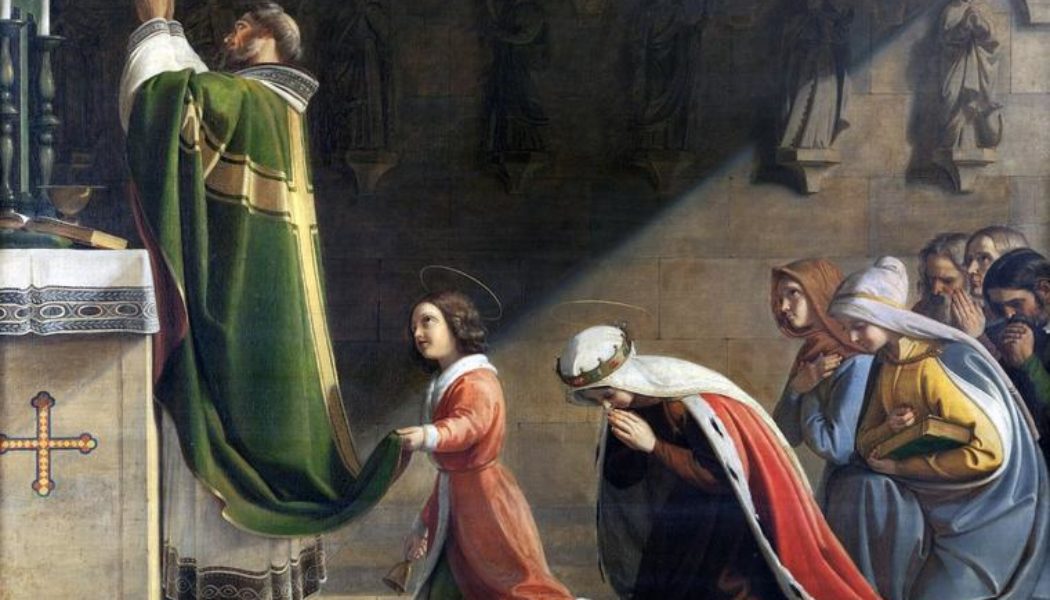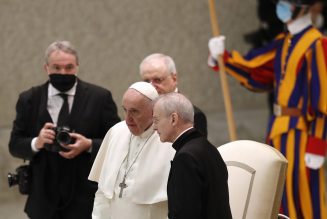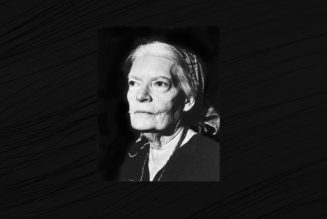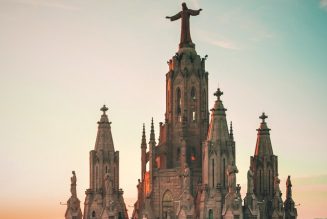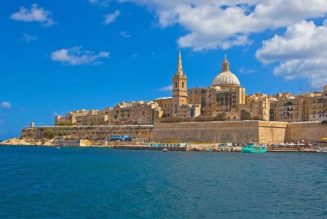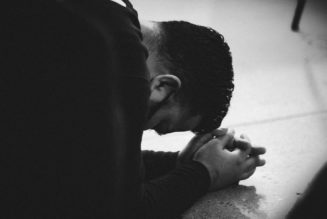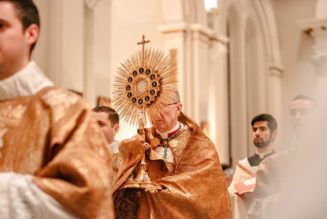
SAINTS & ART: St. Václav (Wenceslaus), the patron saint of Bohemia, lived from about 907 to 935.
The celebration of St. Wenceslaus is an optional memorial in the United States, which makes me think that it’s largely unobserved except in parishes of which he is patron, in the few Czech Catholic communities around, or by curious Catholics who find the reference in the back of their missalettes.
For those who do notice, I bet many think of the Christmas carol. C’mon, admit it: you started humming.
So, let’s start with the carol. Call it beating the stores to an earlier start on Christmas. “Good King Wenceslas” was written in 1853 by an English Anglican clergyman, John Mason Neale. Neale was part of the Tractarian Movement, a mid-19th-century effort to recover some of Anglicanism’s Catholic roots. Its most famous son, John Henry Newman, had already converted to Catholicism. But no small number in that movement, while interested in Catholic smells and bells, preferred the Thames over the Tiber.
Neale was acquainted with medieval Christian music, and had also learned of legends of St. Wenceslaus. This was also the era that Christmas was making a comeback in Victorian England. The Puritans had opposed it, and their long legacy lay over England. By 1850, Charles Dickens’ had already published most of his “Christmas books,” including his famous “Carol.” So Neale felt the need for Christmas hymns and, by sewing a 13th-century hymn to his poetic retelling of part of the Wenceslaus story (hence, the formal sacred English style), “Good King Wenceslaus” was born.
The carol speaks of Wenceslaus from his warm castle on Dec. 26 (“the feast of Stephen,” observed in many Catholic European countries as the “second day of Christmas”) noticing a peasant gathering sticks and wood for heat. He sets out with his page to retrieve the poor man and eat dinner with him. The page has a hard time keeping up with his zealous lord through the “deep and crisp and even” snow, so Wenceslaus tells him to follow in his footsteps. The encounter of ruler and ruled is saluted at the end of the carol, “ye who now will bless the poor//shall yourselves find blessing.” Remember, this is laissez-faire Victorian England, where Ebenezer Scrooge has been around for only 10 years.
The real St. Václav (Wenceslaus and Wenceslas are Latinizations/Anglicizations of the name) seems to have been a prince or duke (though the Catholic Encyclopedia claims he received the “regal title and dignity” from Holy Roman Emperor Otto I. I doubt that — by the time Otto became Frankish King and Holy Roman Emperor, Václav was dead.
Václav lived from about 907 to 935. That period coincided with the formation of the Slavic nations of Central Europe and their efforts to establish national identities free from German and Russian influence (some things never change).
The region we now call the Czech Republic — Bohemia and Moravia — had already been evangelized as well as receiving the Apostles to the Slavs, Sts. Cyril and Methodius, about 40 years earlier. But evangelization is not an instantaneous thing: we saw among the Germanic tribes and later in Scandinavia, that paganism rarely gave up without a fight. It took generations after the baptism of leaders for the Gospel to seep into the country.
Václav was the son of Prince Vratislav and Drahomira, but his upbringing was entrusted to his grandmother, Ludmila, a devout Catholic. She was also supposed to be responsible for Václav’s younger brother, Boleslav.
By the time Václav entered his teens, Vratislav was dead and his mother regent. It’s often claimed Drahomira was in fact pagan or, at best, nominally Christian. When Drahomira thought Ludmila was too influential over Václav and might be preparing the boy to succeed her, she had Ludmila killed.
Václav eventually came to power, sometime between 921-925. As leader, he consolidated Czech territory. He also decidedly aligned the Czechs with the Church of Rome — that decision, like similar ones in Poland and the region of Slovakia, kept all those lands in the Western cultural orbit (Latin alphabet, not Cyrillic) and free from Russian Orthodoxy.
He built a church to St. Vitus in Prague Castle. Many legends of his piety arose (e.g., his growing wheat and grapes for the Eucharist), though some suggest they arose posthumously. The idea of the ruler as one caring for the poor, however, is not alien either to religion (the reason the prophets attack many of David’s successors was their neglect of the poor) or to the rulers of Central Europe throughout the Middle Ages (e.g., St. Elizabeth of Hungary or St. Casimir).
Tradition has it that, on the feast of Ss. Cosmas and Damian (now Sept. 26, then Sept. 27), Václav invited his brother Boleslav to himself and, on the morning of the 28th, the latter attacked Václav, his assault ending in murder at the hands of Boleslav’s attendants. One source suggests Boleslav killed his brother because Václav had just had a son, displacing him from the succession line. Tradition holds that, although there were political motives in his assassination, Václav also died in defense of the Christian faith in the Czech lands. There is some dispute about whether the murder occurred in 929 or 935, with most sources favoring the latter. That would make Václav about 28 at his death.
Our saint is depicted in art by the 19th-century Czech artist, František Tkadlík (1786-1840). “Sv. Václav a sv. Ludmila při mši” [St. Wenceslaus and St. Ludmila at Mass] dates from 1837, relatively late in the painter’s life. By that point, romanticism was ascendant in European art, a feature obvious in this moderately large (40 x 55 inches) oil painting. The two saints are in the center, highlighted by the light, designated with halos. Five other courtiers kneel in the background on the left. The painting first underscores the young Václav’s commitment to Christianity over the paganism that still smoldered in the Czech lands. His piety is underscored by his acting as an altar server, raising the priest’s chasuble as the priest consecrates the host. Tkadlík probably chose that central moment of the Mass also to link to the tradition about Václav later cultivating wheat and grapes for the Eucharist, pointing to his earlier Eucharistic devotion. (Encouraging Eucharistic devotion among the youngest was a primary focus behind Pope St. Pius X’s decision to set the typical age for First Communion at seven. There is also an Old Slavonic tradition about Václav’s haircut at age seven, a kind of ceremonial rite of passage.
The painting is in the National Gallery in Prague
For another illustration of St. Wenceslaus, held by but not on view at the New York Metropolitan Museum of Art, see the 17th-century French etcher Jacques Callot’s depiction of the saint on horseback, part of his calendar of saints of the year, here.
(For more information on St. Wenceslaus see here, here and here.)
